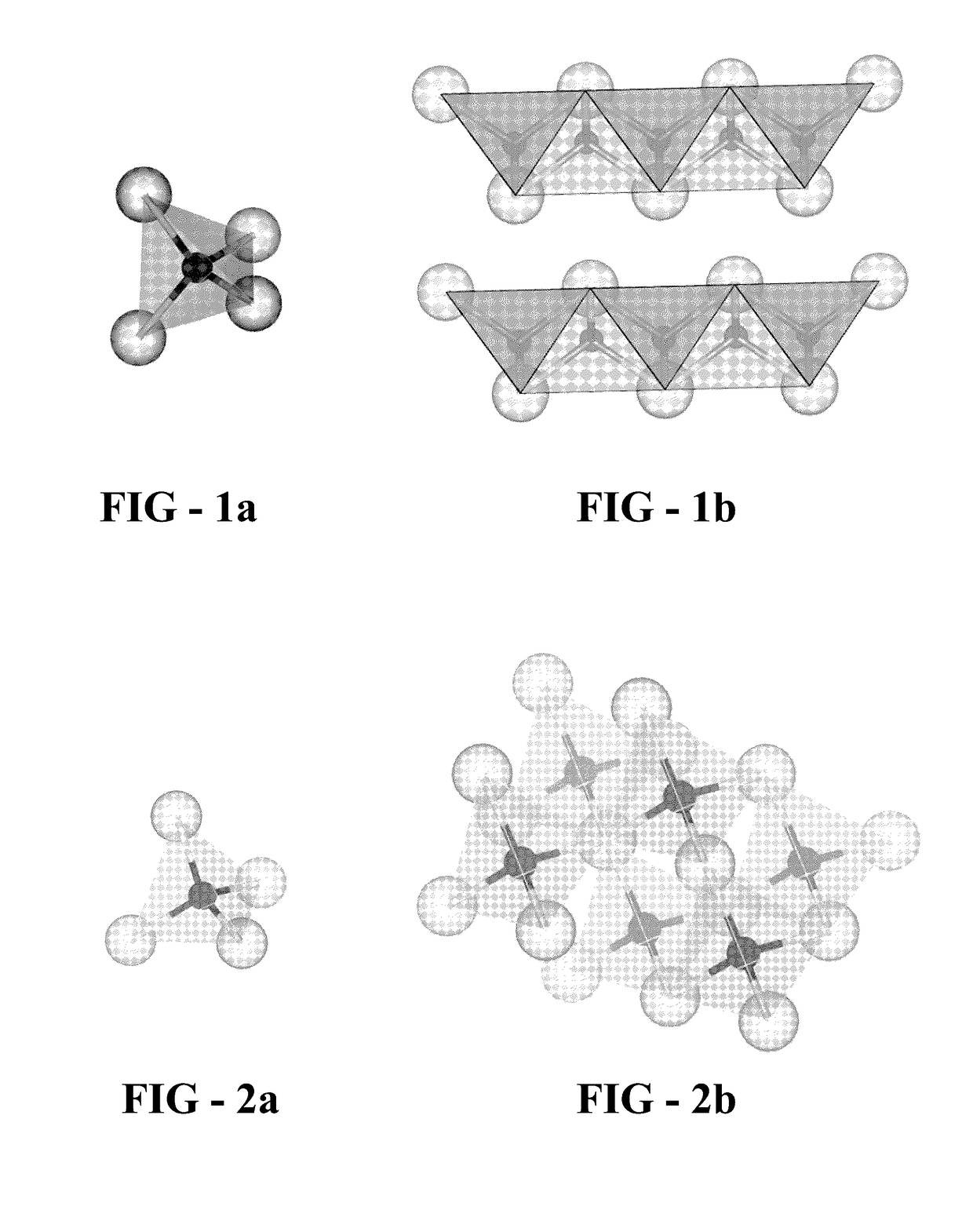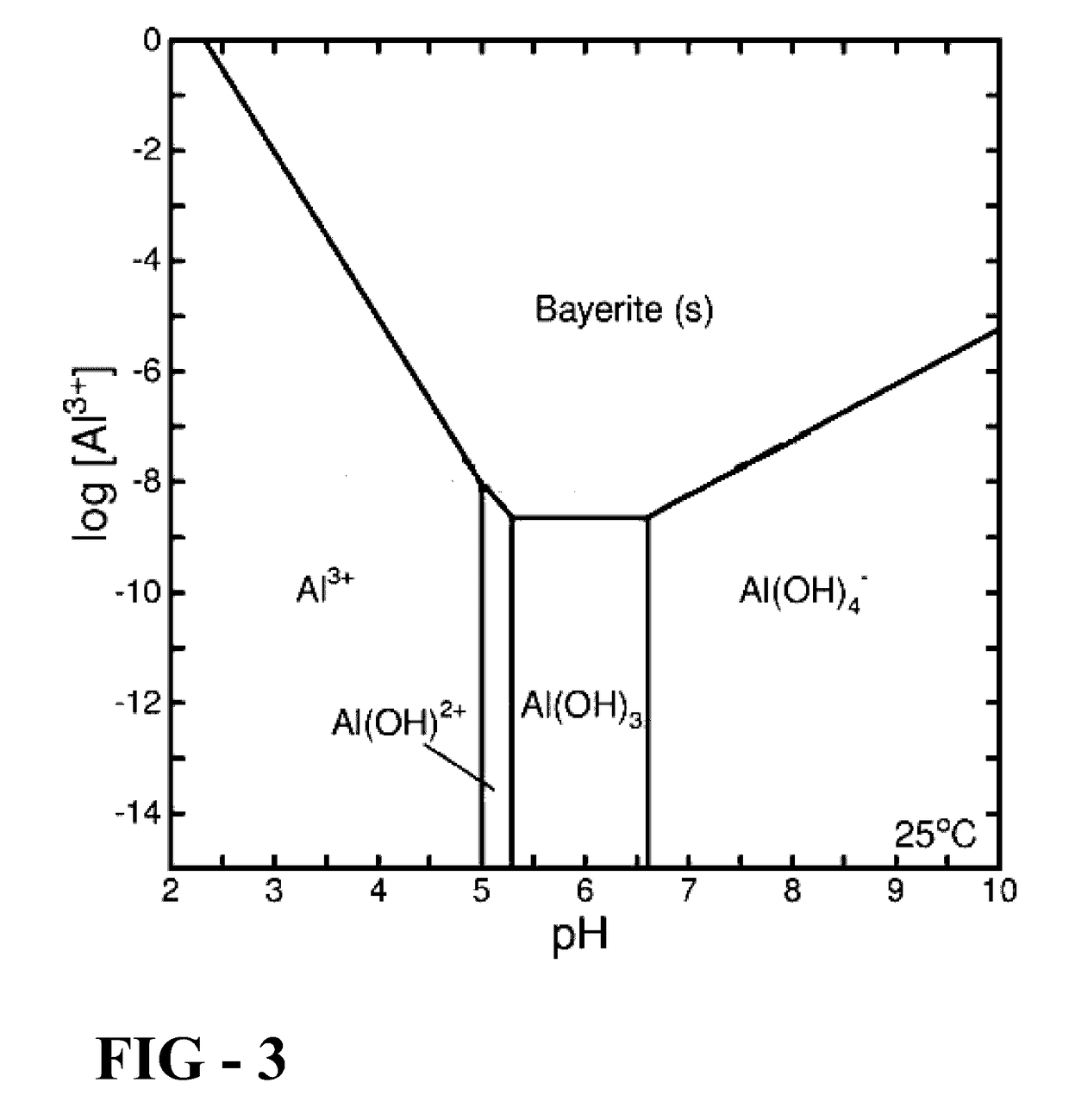Method for treating soil and groundwater containing heavy metals including nickel
a technology for soil and groundwater and heavy metals, applied in the field of soil and groundwater remediation, can solve the problems of high mobility of many heavy metals, particularly difficult to treat soil and groundwater contaminant nickel, and difficult to treat soil and groundwater contaminant, etc., and achieve the effect of reducing the mobility of at least on
- Summary
- Abstract
- Description
- Claims
- Application Information
AI Technical Summary
Problems solved by technology
Method used
Image
Examples
example 2
[0085]In this Example a different treatability study was performed to determine the efficacy of the present invention to treat contaminated soils surrounding a currently operating chromium plating site.
[0086]To simulate a saturated in-situ soil environment, soil and groundwater samples from the site were combined at a soil-water ratio of 1:3, by weight, and gently mixed on a stir plate for one hour at room temperature (“1:3 Soil-Water”).
[0087]The “1:3 Soil-Water” were then treated at dose rates of 0%, 3%, and 5%, by weight, with a ferrous sulfide suspension containing aluminum hydroxide formulated in accordance with the present invention as follows:
FeedstockComposition (% wt)Final (% wt)Pickle Liquor42% to 46%Iron 9% to 11%Chlorides11% to 14%Water75% to 80%Caustic Solution34% to 36%Aluminum (as Al(OH)3)14% to 17%Sodium (as NaOH)13% to 19%Water64% to 73%Sulfide Solution10% to 12%Sulfide23% to 25%Sodium 16% to 18%)Water57% to 61%Excess Water H2O 8% to 12% 7% to 10%
[0088]After addition...
example 3
[0089]In this Example the soil and groundwater surrounding a former chromium plating site contaminated with hexavalent chromium (Cr6+), arsenic (As), antimony (Sb), and nickel (Ni) was treated in-situ with the present invention. The soils were a mixture of clays, sands, and gravel to 15 feet below grade (15′ bgl) to an unconfined aquifer. The saturated thickness ranged between 5 feet to 25 feet across the impacted area.
[0090]To remediate the impacted soils, the ferrous sulfide suspension containing aluminum hydroxide formulated in accordance with the present invention as described in Example 1 was incorporated in-situ to a depth of 15′ bgl using a deep augur. Remediation of the groundwater plume was accomplished by an initial injection and a supplemental injection after the approximately one year.
[0091]Table 3 is a summary of the levels of soil and groundwater contaminants of concern both pre- and post-treatment. The post-treatment groundwater results shown are from two years (10 ca...
PUM
| Property | Measurement | Unit |
|---|---|---|
| pH | aaaaa | aaaaa |
| adsorption | aaaaa | aaaaa |
| temperature | aaaaa | aaaaa |
Abstract
Description
Claims
Application Information
 Login to View More
Login to View More - R&D
- Intellectual Property
- Life Sciences
- Materials
- Tech Scout
- Unparalleled Data Quality
- Higher Quality Content
- 60% Fewer Hallucinations
Browse by: Latest US Patents, China's latest patents, Technical Efficacy Thesaurus, Application Domain, Technology Topic, Popular Technical Reports.
© 2025 PatSnap. All rights reserved.Legal|Privacy policy|Modern Slavery Act Transparency Statement|Sitemap|About US| Contact US: help@patsnap.com


